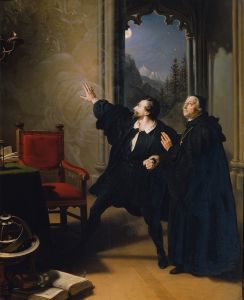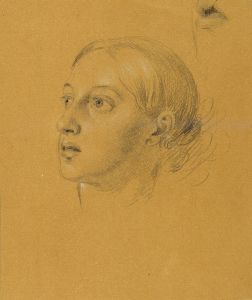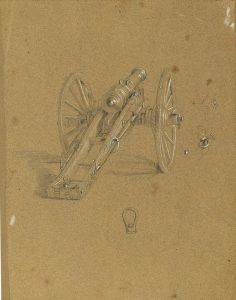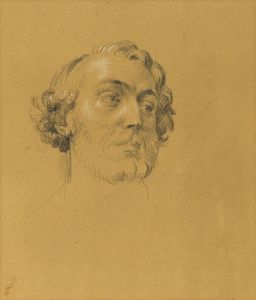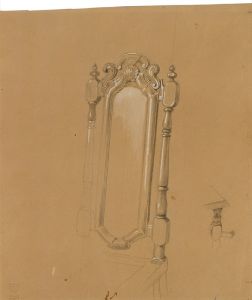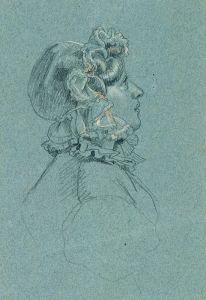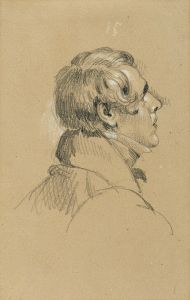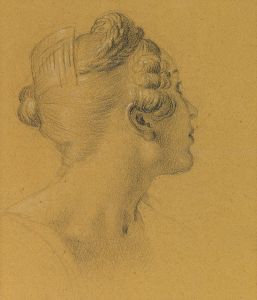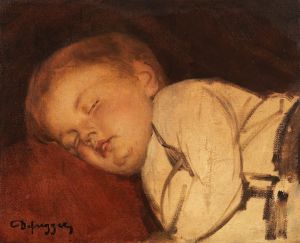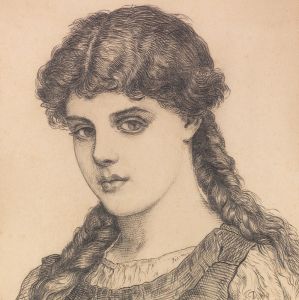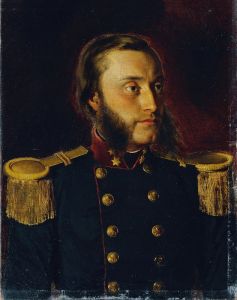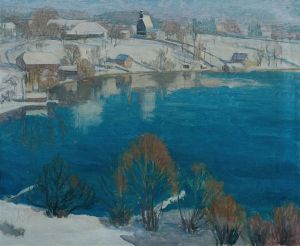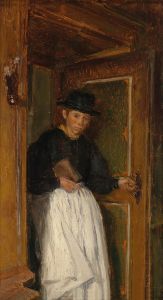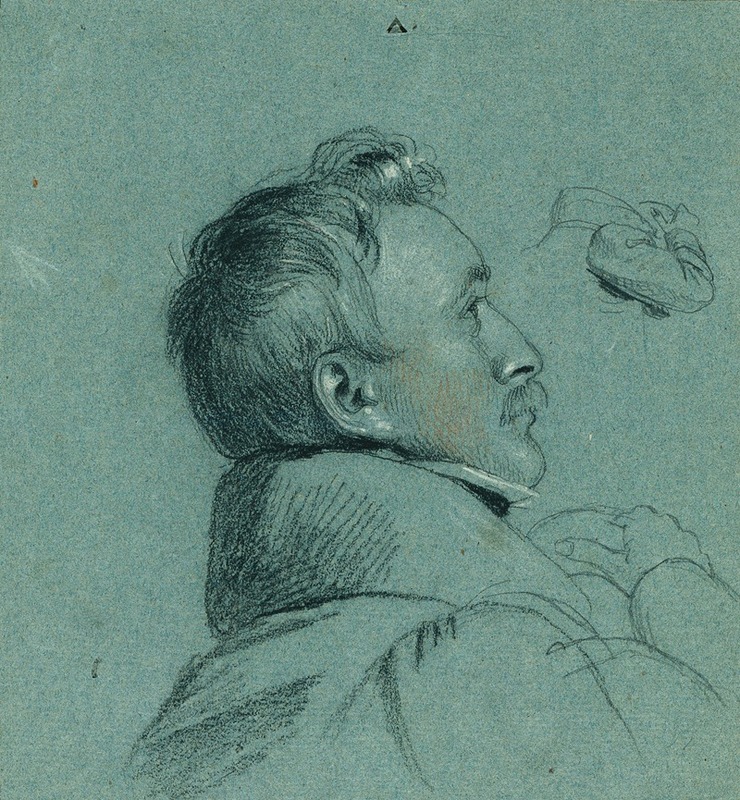
Kopfstudie zu ‘Rückkehr des Kaisers Franz aus Pressburg’
A hand-painted replica of Johann Peter Krafft’s masterpiece Kopfstudie zu ‘Rückkehr des Kaisers Franz aus Pressburg’, meticulously crafted by professional artists to capture the true essence of the original. Each piece is created with museum-quality canvas and rare mineral pigments, carefully painted by experienced artists with delicate brushstrokes and rich, layered colors to perfectly recreate the texture of the original artwork. Unlike machine-printed reproductions, this hand-painted version brings the painting to life, infused with the artist’s emotions and skill in every stroke. Whether for personal collection or home decoration, it instantly elevates the artistic atmosphere of any space.
Johann Peter Krafft was an Austrian painter known for his historical and genre scenes, and he played a significant role in the development of 19th-century Austrian art. One of his notable works is "Kopfstudie zu ‘Rückkehr des Kaisers Franz aus Pressburg’," which translates to "Head Study for ‘The Return of Emperor Franz from Pressburg’." This piece is a preparatory study for a larger historical painting that commemorates a significant event in Austrian history.
The larger work, "Rückkehr des Kaisers Franz aus Pressburg," depicts the return of Emperor Franz I of Austria from Pressburg (modern-day Bratislava) following the signing of the Peace of Pressburg in 1805. This treaty marked the end of the War of the Third Coalition during the Napoleonic Wars, following Austria's defeat by Napoleon's forces. The treaty had significant implications for the Austrian Empire, including territorial losses and political shifts.
Krafft's head study is a detailed examination of one of the figures that would appear in the final composition. Such studies were common practice among artists of the time, allowing them to explore the nuances of expression, anatomy, and character before committing to the final work. These studies often provide insight into the artist's process and the techniques they employed to achieve realism and emotional depth in their paintings.
Johann Peter Krafft was born on September 15, 1780, in Hanau, Germany, and later moved to Vienna, where he became a prominent figure in the art community. He studied at the Academy of Fine Arts in Vienna and was influenced by the neoclassical style, which is evident in his precise and detailed approach to painting. Krafft's works often focused on themes of patriotism and historical significance, reflecting the turbulent political landscape of Europe during his lifetime.
In "Kopfstudie zu ‘Rückkehr des Kaisers Franz aus Pressburg’," Krafft likely aimed to capture the dignity and resolve of Emperor Franz I, as well as the solemnity of the occasion. The study would have been an essential step in ensuring that the final painting conveyed the appropriate historical and emotional weight. Krafft's attention to detail and his ability to convey complex emotions through facial expressions are evident in this study.
Krafft's contributions to Austrian art were significant, and he held several important positions, including director of the Belvedere Gallery in Vienna. His works are characterized by their historical accuracy, attention to detail, and the ability to capture the essence of the subjects he portrayed. Krafft's paintings, including the studies and preparatory works, remain valuable resources for understanding the artistic and cultural context of 19th-century Austria.
While "Kopfstudie zu ‘Rückkehr des Kaisers Franz aus Pressburg’" is a smaller component of a larger historical narrative, it exemplifies Krafft's skill in portraiture and his dedication to historical themes. The study not only serves as a testament to his artistic process but also as a reflection of the historical events that shaped the Austrian Empire during a time of great change and upheaval.





